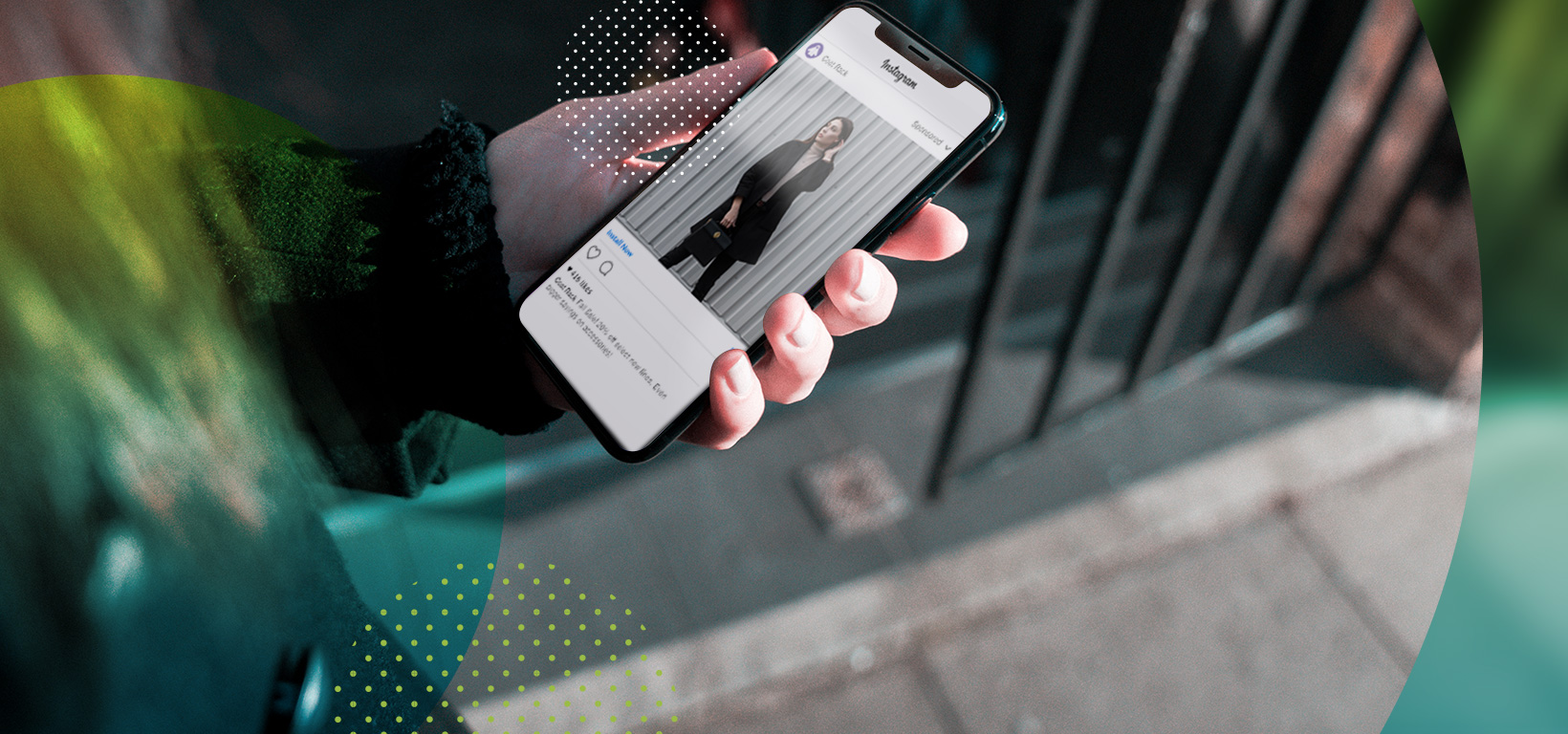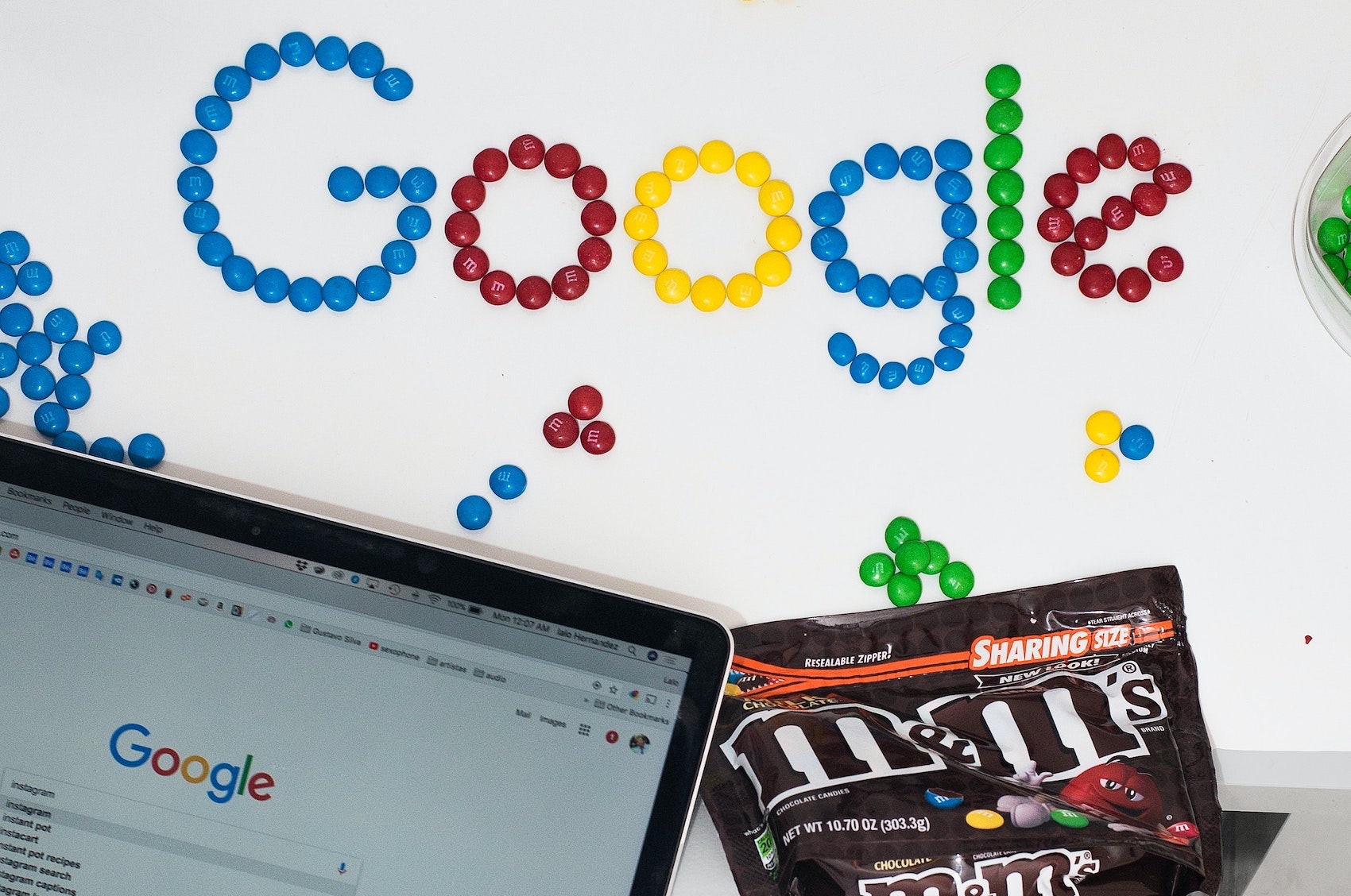Facebook and Instagram are incredibly appealing platforms for most advertisers. They boast unlimited scale, numerous ad formats, and the ability to measure and report on virtually any goal or KPI. But with so much promise of success and limitless possibilities to consider on these platforms, how can you ensure that your Facebook and Instagram ads will drive the results you want? That’s where our audience-first approach shines.
1. Determine your campaign goals.
The first thing we consider when adding Facebook and Instagram to a media plan is the goal(s).
- What are we trying to accomplish with this media spend?
- What will it take for our clients to view this campaign as a success?
- What are the measurable results we want to prove?
By determining this first, we’re able to architect the rest of the media buy around a tangible objective that can help influence our creative and ad targeting execution. Not only do these goals vary by client, but they also can vary within one campaign. If we have two goals (e.g. driving sales and increasing brand awareness), we set the campaigns up with these goals in mind to achieve both and measure each with its own set of KPIs.
2. Find your target audience and figure out how to reach them.
Once we’ve determined the goal of the campaign, we begin to think about the person behind the screen.
While Facebook and Instagram offer a lot of targeting options, we’ve found the best results typically come from leveraging our clients’ first-party data. Every client tends to have ideas about who their ideal customer is, though we strive to look past the “ideal” customer and find the actual customer. It would be easy to just target a huge list of customers and leverage Facebook’s lookalike technology to build an audience of people similar to the customers, however we’ve found that drilling down into a massive list to identify a high-quality seed audience yields the best ROI.
We strive to look past the “ideal” customer and find the actual customer
That said, figuring out who to target is only half of the equation. We also want to be smart about who we don’t target through the use of exclusion lists. For example, if we are aiming for more brand awareness, we likely don’t want to go after our current customers, so we would exclude those users to better focus on our goal.
3. Leverage social advertising pixel-based audiences and first-party data.
In addition to first-party data from CRM lists, we also leverage pixel-based audiences as well as audiences that have engaged (or not engaged) with past ads. This gives us a robust look into all of our options and allows us to see which audiences are resonating the best with our messaging and creative. We optimize our campaigns in real-time to learn which audiences are helping to achieve campaign goals.
4. Grab their attention with scroll-stopping creative.
After we know the goals of the campaign and who we are targeting, we focus on the creative. We have an incredibly limited opportunity to reach someone before they scroll past our ads, so our creative needs to stand out and quickly deliver the message.
At Vert, we have two teams dedicated to the fine art of ad creative: Digital Brand Strategy and Design. These teams work together to align on creative and copy to bring a message to life. They pay special attention to who the audience is and design ads that will captivate that unique segment. Our teams leverage detailed audience insights to help guide the full creative process and always keep testing in mind so we can measure the performance of a certain headline or asset.
Once we’ve aligned on goals, audiences, and ad creative using our audience-first method, we can start to measure success or pivot in real-time, thanks in part to Facebook’s robust reporting capabilities. Within the first few days of the campaign, we will start to see trends emerge and report our findings back to the Digital Brand Strategy and Design teams. We strive to be fully transparent with our clients about all aspects of performance; we won’t sugar coat performance or exaggerate the results. Transparency is crucial to bringing our clients into the process and creating better campaigns. We want you to be able to depend on us as stewards of your budgets and champions of your digital marketing goals.
Interested in launching an audience-first campaign through Facebook and Instagram? Contact us and we’ll help you drive results.


